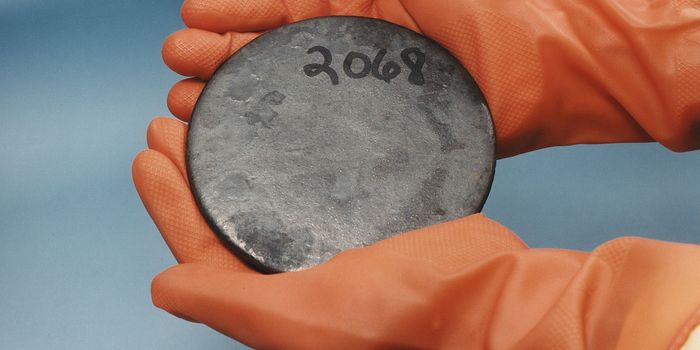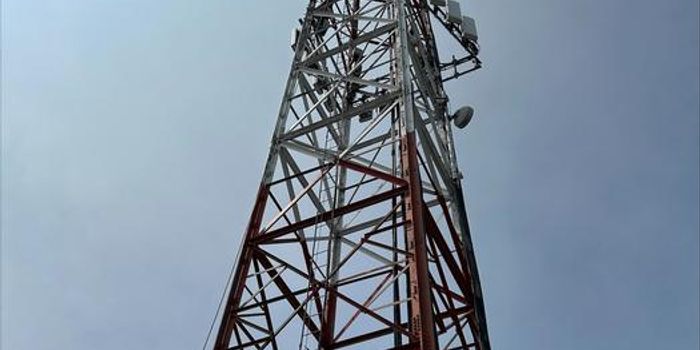Motorized prosthetic arm can sense touch, move with your thoughts
Picking up an egg without crushing it seems like an easy task for anyone—but for Keven Walgamott, who lost his left hand and part of his arm from a major electrical accident 17 years ago, this task can prove to be herculean.
PHOTO CREDIT: University of Utah Center for Neural Interfaces, Keven Walgamott
Fortunately, Kevin was testing out a prototypic high-tech prosthetic arm with fingers that can with his thoughts. Suddenly, the idea of performing simple tasks, such as picking up an egg without breaking it, may soon prove possible. The prototypic arm is now known as the “LUKE Arm”-- named after the robotic hand that Luke Skywalker got in “The Empire Strikes Back”.
“We changed the way we are sending that information to the brain so that it matches the human body. And by matching the human body, we were able to see improved benefits,” says biomedical engineering associate professor, Gregory Clark. “We’re making more biologically realistic signals.”
Findings were published in the latest edition of the journal Science Robotics and describes how the LUKE Arm sends appropriate signals to the brain to imitate how a human hand feels objects. The study can advance the quality of life for amputees wearing the prosthetic arm by allowing them to sense the touch of something soft or hard, and to understand better how to perform delicate tasks that would otherwise be a challenge with a standard prosthetic with metal hooks or claws for hands.
“It almost put me to tears,” said Walgamott when using the LUKE Arm for the first time during clinical evaluations. “It was really amazing. I never thought I would be able to feel in that hand again.”
“One of the first things he wanted to do was put on his wedding ring. That’s hard to do with one hand,” says Clark. “It was very moving.”

PHOTO CREDIT: Dan Hixson/University of Utah College of Engineering. Greg Clark (right) and Jake George (left) with the LUKE arm.
“Just providing sensation is a big deal, but the way you send that information is also critically important, and if you make it more biologically realistic, the brain will understand it better and the performance of this sensation will also be better,” says Clark.
Believe it or not the LUKE Arm has been in development for roughly 15 years. Composed mostly of metal motors and parts with a clear silicon “skin” over the hand and is powered mostly by an external battery attached to a computer.
“This is an incredible interdisciplinary effort,” says Clark. “We could not have done this without the substantial efforts of everybody on that team.”
Source: The University of Utah









